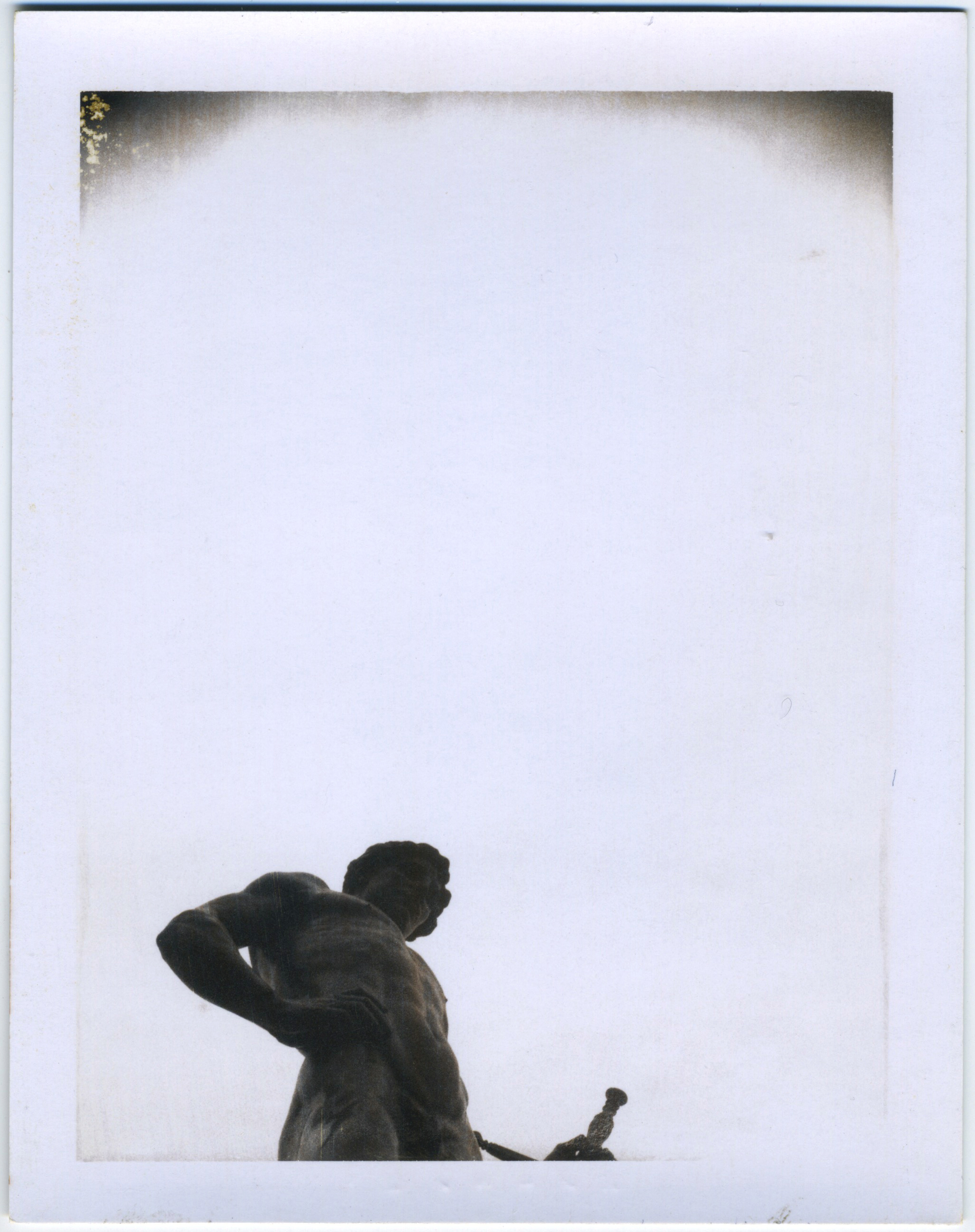JANUARY 19 - March 17, 2018
Robert Mapplethorpe's Minimalism
Weinstein Hammons Gallery, with the gracious assistance of The Robert Mapplethorpe Foundation, is pleased to present ROBERT MAPPLETHORPE’S MINIMALISM, an exhibition of over 25 gelatin silver prints and unique Polaroid photographs.
ROBERT MAPPLETHORPE’S MINIMALISM
OPENING RECEPTION:
FRIDAY, JANUARY 19, 6:00-8:00PM
During the 1970s, Robert Mapplethorpe became famous for his portraits of artists, socialites, and members of the S&M community. In the 1980s, his work focused on classical formal beauty, concentrating on male and female nudes, flowers, still lifes, and formal portraits. Found frequently and consistently throughout this almost 20 year oeuvre are photographs delineated by spare, pared-down imagery, achieved through tight cropping, an emphasis on formal and organized design, an exploitation of positive and negative space, and lighting to create high contrasts of black and white or monotones in varying shades of grey.
A photograph from the exhibition of a woman’s long, almost Mannerist, neck and chest or the extended arms and fists of a man leave the viewer wondering what falls outside the frame. In Camera Lucida, Roland Barthes’ short book published in 1980 on the nature and essence of photography, Barthes comments on Mapplethorpe’s use of tight cropping and his photographs’ ability to take “the spectator outside its frame, and it is there that I animate this photograph and it animates me.”
In addition to the over 25 gelatin silver prints on view in this exhibition, the gallery will also present a number of Polaroids from the early 1970s that illustrate these same minimalist concepts. In 1988, Mapplethorpe noted, “Even the earliest Polaroids I took have the same sensibility as the pictures I take now. Right from the beginning, before I knew much about photography, I had the same eyes. When I first started taking pictures the vision was there.” This is the first time Mapplethorpe’s Polaroids will be on view in Minnesota.
Perhaps one of the most famous and controversial artists to emerge from the late 1970s and 1980s, it is nearly impossible to overestimate the impact of Robert Mapplethorpe's work, both artistically and socially. He was born in 1946 in Floral Park, New York, and earned a BFA from Pratt Institute in Brooklyn. Mapplethorpe died from AIDS on March 9, 1989, in Boston, at 42. Since that time, his work has been the subject of innumerable exhibitions throughout the world, including major museum traveling retrospectives. His vast, provocative, and powerful body of work has established him as one of the most important artists of the twentieth century.
All artworks © Robert Mapplethorpe Foundation. Used by permission.


























